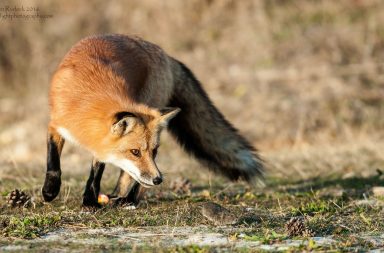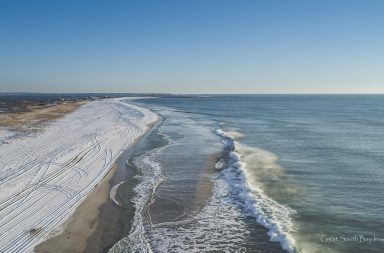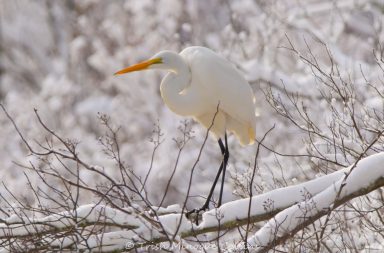The Long Island Wildlife Photography group produced some amazing photos this week.
Now that the group is over 7000 strong we have every corner of Long Island covered and the images and species that they run into make putting this together a pleasure.
This week’s wildlife photography tip comes from one of LIWL’s original members and administrator Brian Carr, thanks to Vicki Jauron for helping arrange this!
Brian is consistently able to get sharp, close up photos of birds and particularly raptors that make us truly envious. Read on …
From Brian Carr:
Camo … Yes or No?
I find that my choice of whether or not to use camouflage, is more about my particular style of photography than it is a question of whether its effective or even necessary. You may never use camouflage and still get great photos.
There are places like public parks or wildlife refuges where birds are so used to human interaction that you can get within just a few feet of them and take all the photos you want. Some locations allow you to sit in your car within feet of wild birds and take photos all day. There are also some birds that aren’t bothered with human presence. In these situations wearing camouflage isn’t really necessary.
However, there are some birds that simply aren’t comfortable with us being near. For those it’s necessary to enter their world, and that’s when the use of camo becomes important. You’re much more likely to get close to the notoriously skittish kingfisher, for example, with some sort of camo than if you’re out shooting in a bright red jacket that announces your presence.
Since I’ve been using camo, I find I can probably get about 25% closer to a subject. That is a big advantage when considering that sometimes even just a foot or two closer can make all the difference. Camo not only allows me to get closer but if the subject doesn’t realize I’m there, they are more relaxed and more likely to demonstrate behavior such as preening, courting, stretching or calling which are much more desirable to capture in a photo.
So what is good camo? I find that anything that breaks up your silhouette works well. You might be totally obvious to other humans, of course, but if you’re quiet and keep movements to a minimum most birds will be relatively oblivious to you. I have my lens covered in a camo sleeve which protects it from scrapes and bumps. I use gloves, hats, hoodies and a fleece jacket that I put over my winter jacket to keep the swishy noise that a winter coat makes to a minimum. I also usually wear light colored cargo pants which makes it easy to see and dispose of any ticks that I might pick up. Occasionally I wear camo pants as well, depending on what I’m trying to get close to.
My clothing varies depending on the season. I generally wear many layers in winter and obviously less layers as it gets warmer. I also keep a full change of clothes in my vehicle. You never know when you’re going to be totally soaked or covered in mud when you’re laying on the ground trying to get “the shot”.
Admittedly, I used to get a little embarrassed going out in camo. People sometimes ask why I’m “hunting” in a park or preserve or ask if I’m a professional photographer. I tell them I’m neither but I do what I can to get high quality photos and anything that can help me get closer is worth a try. Some may say that camo is unnecessary or overkill, but I let my images speak for themselves.
I go out to get good images, I don’t necessarily need to look good getting them. I thoroughly enjoy seeing wildlife up close, and camo definitely helps me do that.
You can find more of Brian’s work on Instagram and Flickr
This weeks cover shot goes to Ed Walsh with a beautiful Red Breasted Merganser.
Check out all 5 pages!

Brian Carr | Turkey Vulture

Brian Murphy | Common Snapping Turtle

Vicki Jauron | Sanderling

Alan Stableford | Great Blue Heron

Brian Doherty | Snow Bunting



